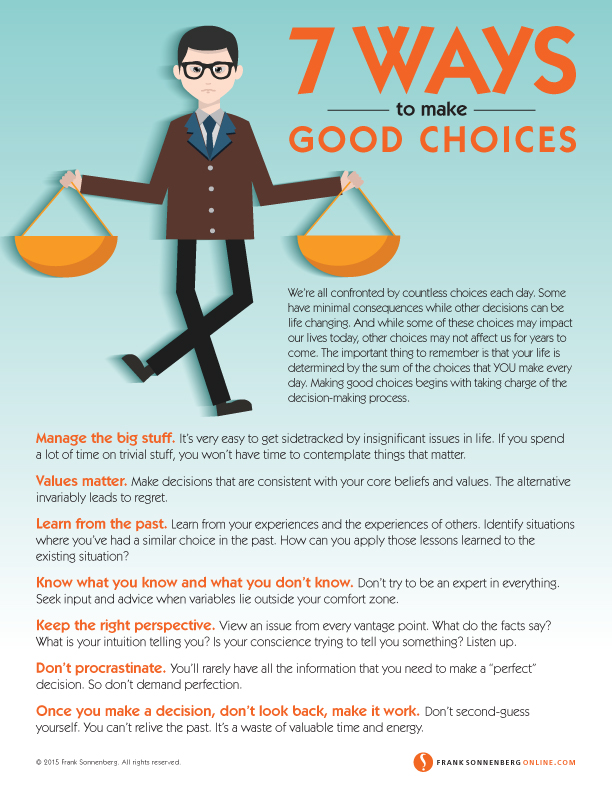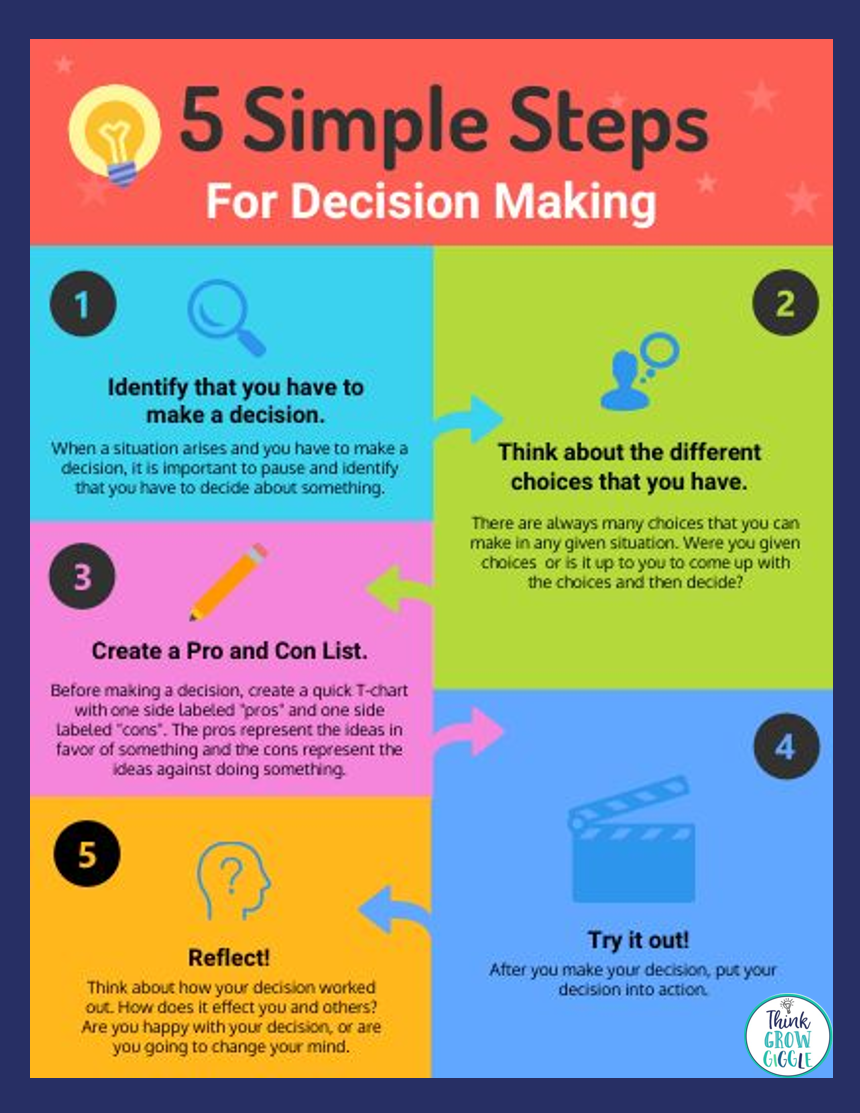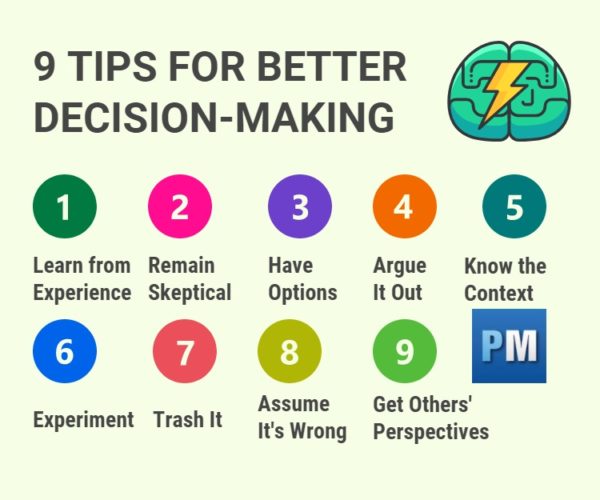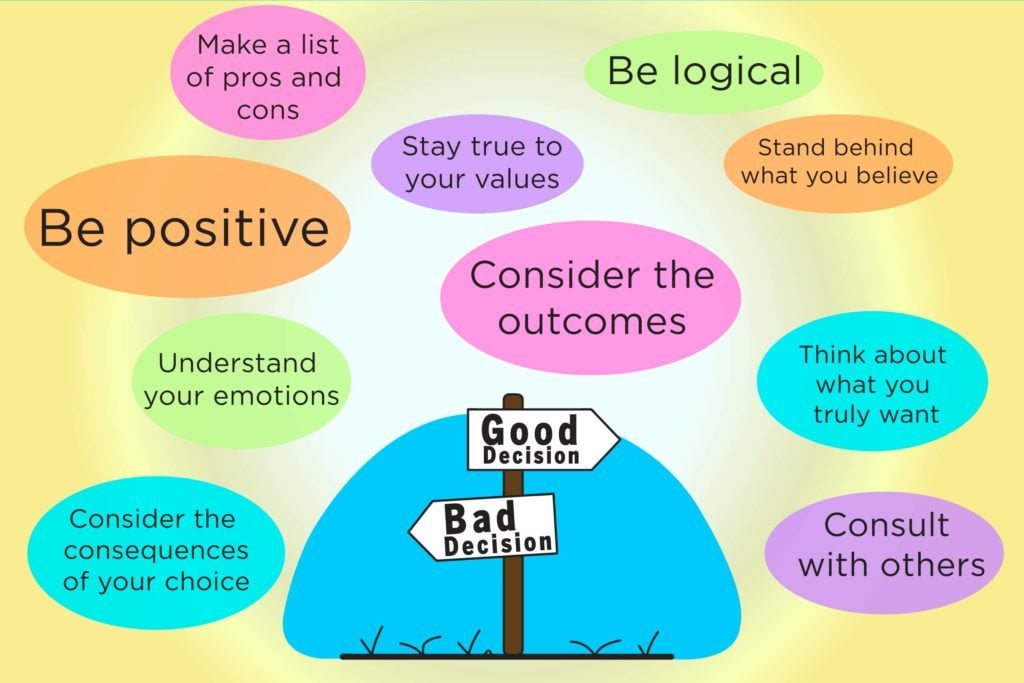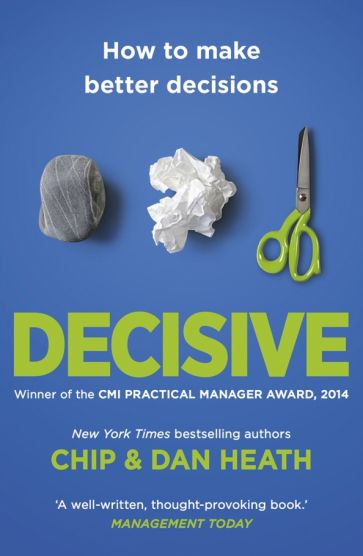How To Make Better Choices In Life And Work Pdf

Struggling to navigate career crossroads or daily dilemmas? A new resource promising actionable strategies for improved decision-making in both professional and personal life is rapidly gaining traction online.
This guide, often shared as a PDF, focuses on providing concrete tools, not abstract theories, to help individuals make choices that align with their values and goals. The emphasis is on practicality and immediate application.
Key Principles for Enhanced Decision-Making
The document outlines several core principles. These include defining your values, identifying potential biases, and analyzing potential consequences.
It emphasizes the importance of data-driven decision-making. This involves gathering relevant information and utilizing frameworks like SWOT analysis (Strengths, Weaknesses, Opportunities, Threats) for evaluating options.
Identifying and Mitigating Biases
A significant section delves into recognizing common cognitive biases. These biases, such as confirmation bias (seeking information that confirms existing beliefs) and anchoring bias (over-relying on the first piece of information received), can significantly skew judgment.
The resource offers practical tips for mitigating these biases. Examples include actively seeking dissenting opinions and employing structured decision-making processes.
Goal Setting and Values Alignment
The guide stresses the importance of clarifying personal and professional goals. This is crucial to align every decision with these goals.
By connecting decisions to overarching objectives, individuals can prioritize choices that move them closer to their desired outcomes. This approach promotes a sense of purpose and direction.
Practical Tools and Techniques
The PDF provides a range of practical tools and techniques. Decision matrices, cost-benefit analysis, and risk assessment frameworks are all explored.
These tools are presented with clear explanations and examples. This allows users to apply them immediately to real-world scenarios.
Case studies illustrate how these techniques can be applied in diverse situations. These range from career changes to financial investments.
Time Management and Prioritization
Effective time management is presented as a key component of sound decision-making. Prioritizing tasks and managing distractions are addressed.
The document highlights the Pareto Principle (the 80/20 rule). It suggests focusing on the 20% of activities that yield 80% of the results.
Tools like the Eisenhower Matrix (urgent/important) are recommended for prioritizing tasks effectively.
Accessibility and Availability
The resource is widely circulating online, often shared through professional networks and educational platforms. Its availability as a PDF makes it easily accessible to a broad audience.
While the original source is sometimes unclear, many versions are available for free download. Users should exercise caution and verify the source’s credibility.
Expert Opinions and Endorsements
While not formally peer-reviewed, the principles presented align with established decision-making theories. Many career coaches and consultants recommend similar strategies.
The emphasis on data-driven analysis and bias mitigation resonates with best practices in fields like business management and project management.
However,
it is important to remember that every decision is unique. What works for one person may not work for another.
Next Steps and Ongoing Developments
Individuals are encouraged to actively apply the techniques outlined in the resource. Continuous self-reflection and evaluation are crucial.
Many online platforms offer additional resources and tools for decision-making. Exploring these platforms can further enhance skills and knowledge.
Stay informed about evolving research in behavioral economics and cognitive psychology. This can provide valuable insights into the decision-making process.
